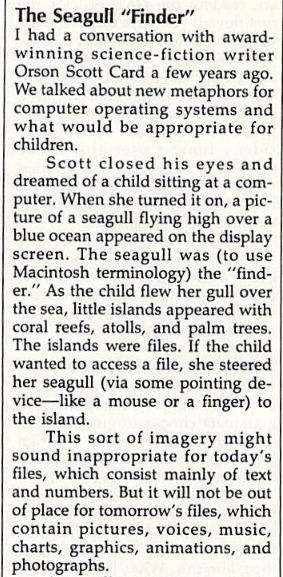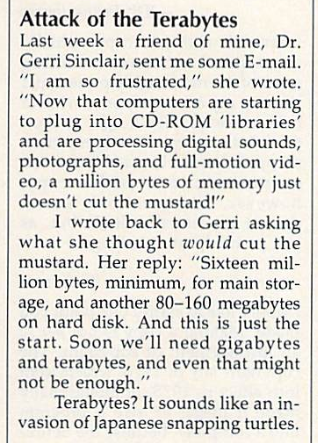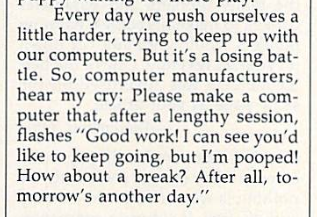The 1999 MacWorld conference in New York was memorable for lots of reasons, not the least of which was the introduction of a thing called the “iBook” that — get this! — could stay connected to the Internet without wires. Amazing. But what I remember even more was a breakout session where the presenter described a workaround to do the impossible: Get email notifications… while you were outside!
Here’s how it worked.
Take an old but still fairly modern and powerful computer like a Macintosh LC or Quadra 605, and attach it to a modem. (Nothing extravagant like a 56k; 28.8k would do fine.) Install a new email program like Outlook Express and set it to check for mail every 15 minutes or so. If you configured your system properly, it would automatically dial the modem to check the email account for updates, then you could set it to time-out and disconnect. (This was important, both to free up your phone line — so if anyone called they would ring to your answering machine — and to save on the monthly minute allotment from your ISP).
Here’s where the magic happens.
With some AppleScript programming, you could have your computer check to see if you had any unread messages that were now downloaded. If it found any, it could run them through Apple’s text-to-speech software to read them out loud.
At this step, you have to skirt ethics and Federal law, but that’s beside the point.
Only a couple years before, in 1996, the FCC created a new level of license for “Family Radio Service” which was a form of glorified walkie-talkie. While you weren’t supposed to use them for automated communication… well, let’s overlook that. You could route the audio from your Macintosh into the “microphone in” of an FRS radio, and set it to the VOX setting so it would transmit whenever audio it “heard.”
When heading out to do yardwork or walk around the block, you’d simply turn on your FRS radio and set it to the matching channel. If someone were to send you an email, you were guaranteed to know within 15 minutes that it was waiting for you… assuming you were still within radio range. If you weren’t, maybe someone else was, so they’d get to hear a robot voice reading your personal email to them. (Small price to pay.)
This, ladies and gentlemen, was what it took to avoid FOMO 20 years ago.
Someday… FRS radios might reach even greater distances! ISPs might offer more minutes for the same monthly cost! And… well, I can’t think of anything else. What more could we possibly expect to have available while walking in a park?
This post was written by Eric M. Larson, an Instructional Systems Consultant in the St. Thomas E-Learning and Research (STELAR) Center at the University of St. Thomas in St. Paul, Minn., and could have been composed and published with an always-on pocket device from anywhere in the country. To discuss this and any other topic, you can email stelar@stthomas.edu and several of us at STELAR will get the message immediately, no radio involved.




